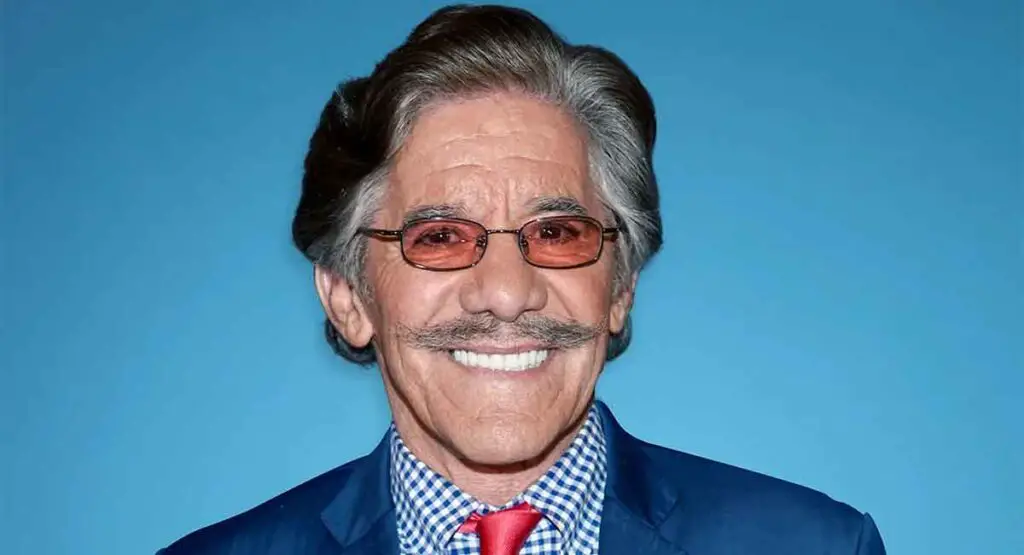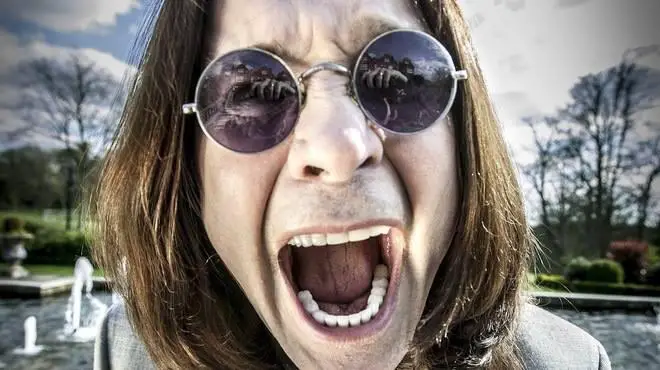Geraldo Rivera’s sensational 1988 documentary on heavy metal and supposed devil worship was like lighting a firecracker in an already anxious crowd. Everyone tuned in, expecting to see the biggest U.S. conspiracy of pitchfork-wielding villains since medieval times.
From the moment Geraldo sported his signature mustache on television, he hyped up the fear of “America’s foremost seducer of innocents: Satanism!” Many viewers were absolutely gripped by the stories of secret cults and heavy metal album covers that, according to his claims, were guiding teens toward the fires of the underworld.
The broadcast’s biggest moment featured Ozzy Osbourne, who appeared via satellite looking “like he just rolled out of bed”. Despite this sleepy look, Ozzy managed to deliver one of the most level-headed defenses of heavy metal music the show had to offer, even if Geraldo seemed determined to paint the entire rock genre with devilish colors.
Critics slammed the documentary for its over-the-top messages, saying that “even at the time, the documentary was roundly trashed as histrionics”. But none of that stopped Geraldo’s achieved ratings record: NBC received the highest ratings ever for a two-hour documentary, proving that sensationalism can draw massive audiences.

Sponsors, however, weren’t so thrilled about being associated with devil worship and mystic mayhem. “One network source said the Rivera show may have cost NBC $500,000 in lost advertising revenue”, and many big-name brands ran for cover.
The documentary took broad swings, including an interview with a convicted murderer who blamed heavy metal for influencing his brutal crime. Geraldo cited “a correlation between Satanism and such heavy metal groups as Slayer, Venom, Wasp”, hinting that music alone might be enough to twist a teen’s mind toward sinister behavior.
Of course, the documentary aired at 8 p.m., prime time for families expecting their usual sitcom escapes. As one journalist joked, “NBC gave Geraldo Rivera the first two hours of prime time to talk about butchered babies, dismembered corpses, cannibal cults and sex orgies”, which didn’t exactly match the “family hour” mood.
On the heels of rising “satanic panic” in America, Geraldo’s dramatic framing fed perfectly into fears that devil worshippers were everywhere. He interviewed a variety of supposed cult members, law enforcement officials, and alarmed parents, driving home the idea that evil was lurking in record stores and teenage bedrooms across the country.
Despite the hype, actual proof linking teenagers’ struggles to widespread satanic conspiracies remained thin. Still, the documentary became part of a larger cultural moment where people were ready to believe “the flip side, the reverse of life” was spiraling out of control right in their suburb.
Looking back, Geraldo’s infamous special reminds us of the power TV holds when it mixes striking visuals, scary stories, and rock music to make people question everything. But for all the chaos, the real lesson might be that, before panicking, viewers should separate genuine problems from flashy, pitchfork-waving “facts” designed to keep them glued to their screens.
You can watch the full documentary here:




